Abdominal Wall Hernias
- Home
- Abdominal Wall Hernias

It is the outflow of fatty tissues in the intestine and/or abdomen from the weak points of the abdominal wall. The most common type of hernia is inguinal hernia. It often occurs in males. What are the signs of hernia? The most common symptom is the formation of swelling in the groin. Sometimes it can be painful. Small hernias may not attract attention. But examination can sometimes also be detected by examinations. This swelling disappears when lying down. Therefore, it may not be noticeable in the morning. Hernias can be dangerous when they get stuck or rotate at these weak points of the abdominal wall. This is called strangulation. If the bowel that enters the hernia is damaged, its contents come out and can have life-threatening consequences, such as gangrene-peritonitis. Choking is a condition that requires emergency surgery. How is it diagnosed? It is usually diagnosed with a simple examination. Rarely, examinations such as ultrasound or tomography/MRI may be requested.
Types of Abdominal Wall Hernia
- Inguinal hernias
- Indirect inguinal hernia: this is the type that passes through the cord leading to the testicles. It is usually seen in children, young people, and again often in men.
- It is typically found in the scrotum (sacks).
- It could be congenital.
- Its treatment is surgery. Some surgeons may prefer to wait until they are two years old, just as it can be repaired immediately after birth when it is congenital.
Direct Inguinal Hernia
- Exits from a weak spot in the groin right next to the cord. It is often seen in middle and advanced elderly people.
- It often happens from both sides.
- Obesity contributes to the formation of strict physical activity.
- It contributes to the formation of smoking, chronic constipation, the presence of chronic prostate and chronic cough.
- During examinations, it is felt immediately next to the cord.
- Surgery is also the standard treatment for this type of hernia.
- In advanced elderly people, the decision of surgery can be taken together with the doctor and patient.
Femoral Hernias
They are rare. It often occurs in women in middle age and older, especially those who have given birth a lot. It originates from the opening in the groin area just next to the leg veins. These hernias have a greater risk of suffocation.
Less Common Hernias
Umbilical hernia:it is a hernia that develops through the navel. It is especially seen in overweight women. It can be very small, and it can grow very large over time.
Hernia of The Place of Surgery (Incision Site)
- These are hernias that occur after previous abdominal operations. These hernias can also be very small or very large. Sometimes repairing these hernias may require complicated techniques.
- There are also types of hernia, such as Spigelian hernia, obturator hernia, which occur in different weak spots of the abdomen and are very rare.
Treatment the treatment of hernias is surgery. Emergency surgery is not performed unless you drown. Two important points to know is that hernias will not heal on their own and can grow over time and cause pain. Currently, the most common form of repair is to strengthen this weak area with specially made patches for these operations. Surgery can be performed under local, spinal (numbing from the waist down) or general anesthesia. Types of surgery today, hernia operations can be performed with different methods. You can consult your doctor about the method.
Classic Methods: In these methods, an incision of approximately 10 cm is made through the hernia, and the contents that come out are pushed into the abdomen and this weak spot is repaired. Currently, it is widely preferred to supplement this area with a patch in order to reduce recurrence rates after surgery.
Laproscopic (closed) Methods: In this method, three holes of about 1-1.5 cm from the distance of the hernia are drilled using a camera and special tools for this work. Even when there is a hernia on both sides, there is no need to drill another hole. The method is usually performed under general anesthesia.
Advantages-Disadvantages
Advantages
Working with small cuts leads to advantages such as less pain, earlier return to work, especially in bilateral hernias.
Placing the patch from the inside allows it to settle better mechanically.
Inserting the patch from the inside reduces the possibility of damage to sensitive nerves in the inguinal canal.
Closed methods are also useful in recurrent hernias. It is difficult to work through the same incision in patients whose first surgery is open and increases the risk of complications. Approaching the hernia from the inside provides ease of approaching from an area that has not yet been affected, and is easier and less painful than open surgery.
Possible Disadvantages
Surgery may take a little longer than open surgeries. But this period will decrease as the experience increases.
In very rare cases, it can be difficult to remove the patch when a reaction to the patch develops.
It is a slightly more expensive operation due to the materials used.
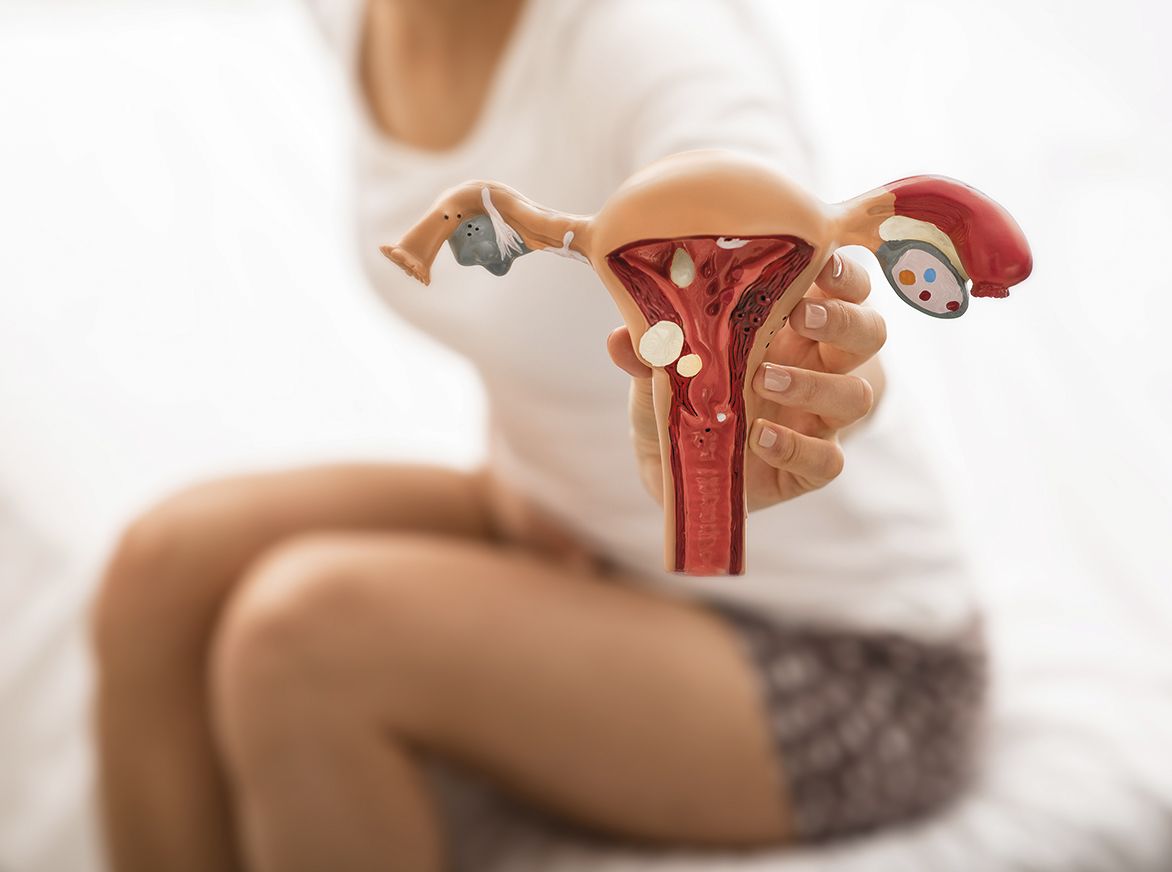 What is Endometriosis (Chocolate Cyst)? What are the symptoms? How to Treat?
What is Endometriosis (Chocolate Cyst)? What are the symptoms? How to Treat? 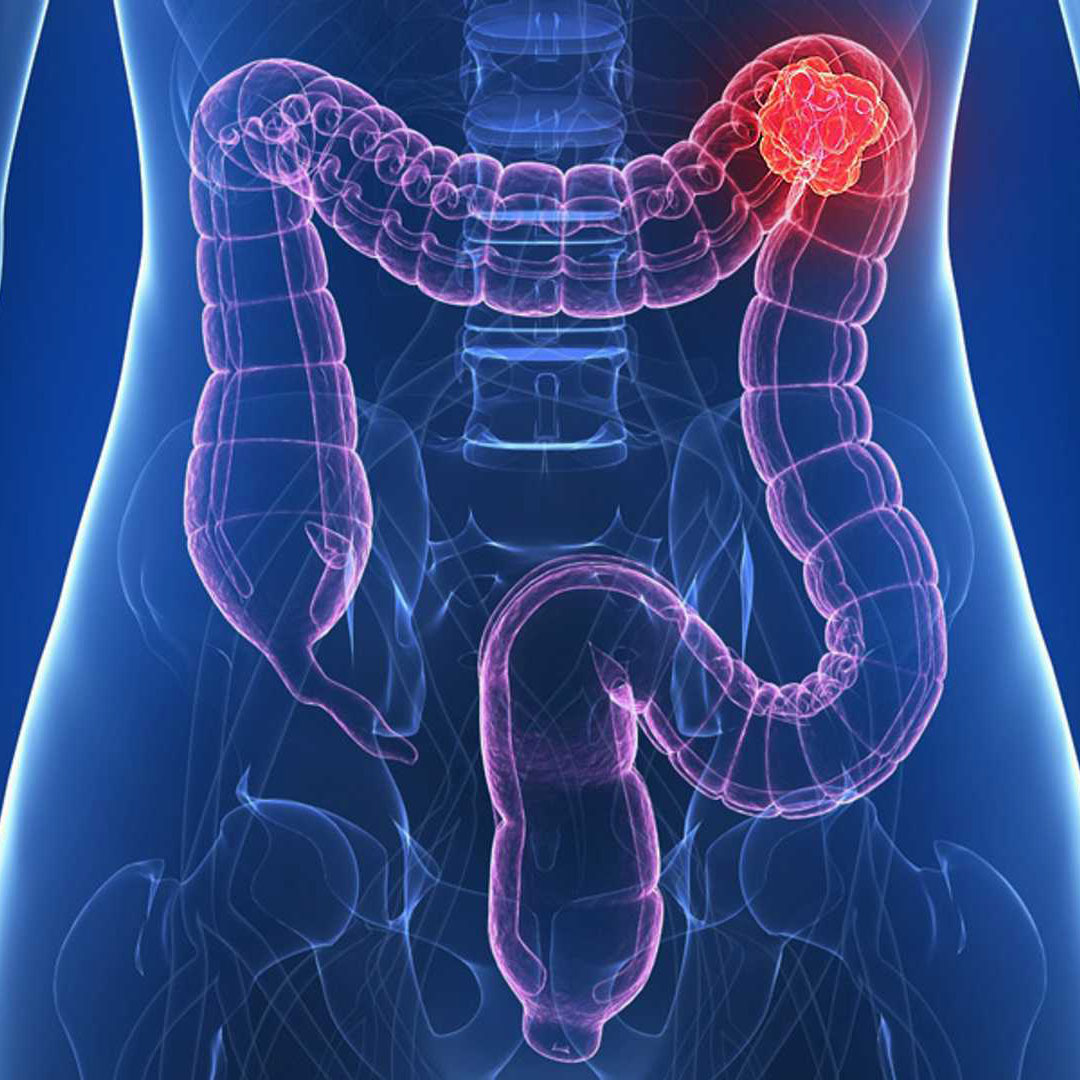 Colon Cancer (Symptoms, Stages, Treatment)
Colon Cancer (Symptoms, Stages, Treatment)  Influenza (Flu) in Children
Influenza (Flu) in Children 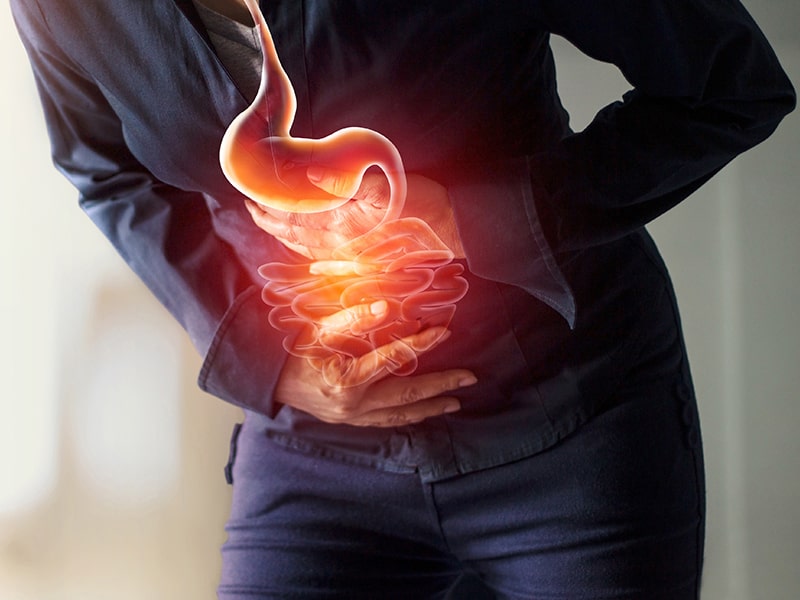 Stomach Cancer Symptoms and Treatment Methods
Stomach Cancer Symptoms and Treatment Methods 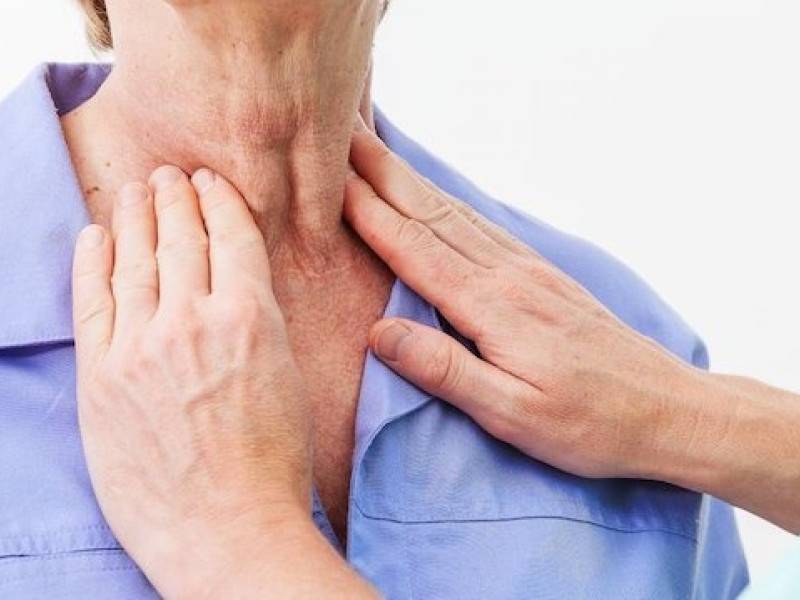 What is Lymph Node Swelling? What Are The Reasons?
What is Lymph Node Swelling? What Are The Reasons?  When to Use Antibiotics? What are the side effects? What is Antibiotic Resistance?
When to Use Antibiotics? What are the side effects? What is Antibiotic Resistance? 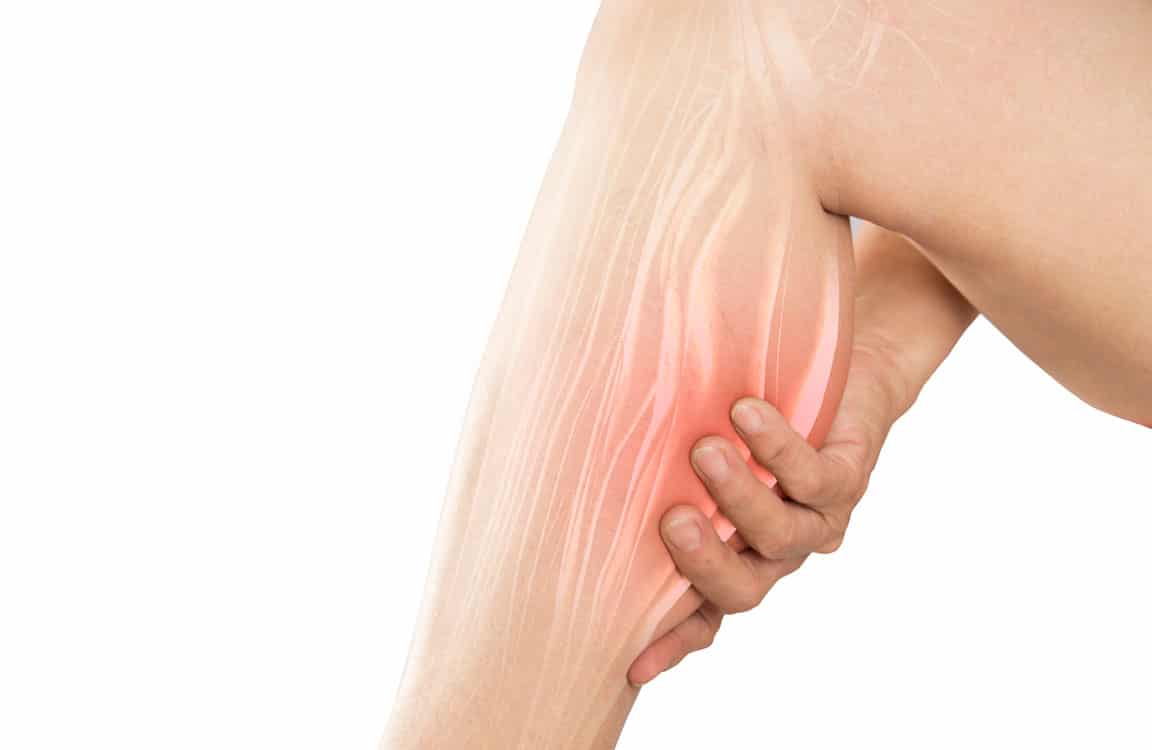 What is Muscle Spasm?
What is Muscle Spasm? 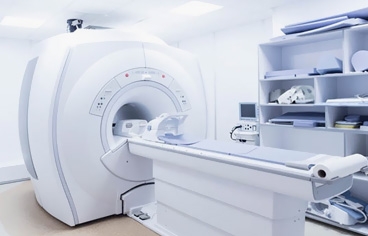 What is MRI? How to Take an MRI with Medication? Is It Harmful?
What is MRI? How to Take an MRI with Medication? Is It Harmful?  What are the Causes of Diarrhea and Vomiting? How to Treat?
What are the Causes of Diarrhea and Vomiting? How to Treat? 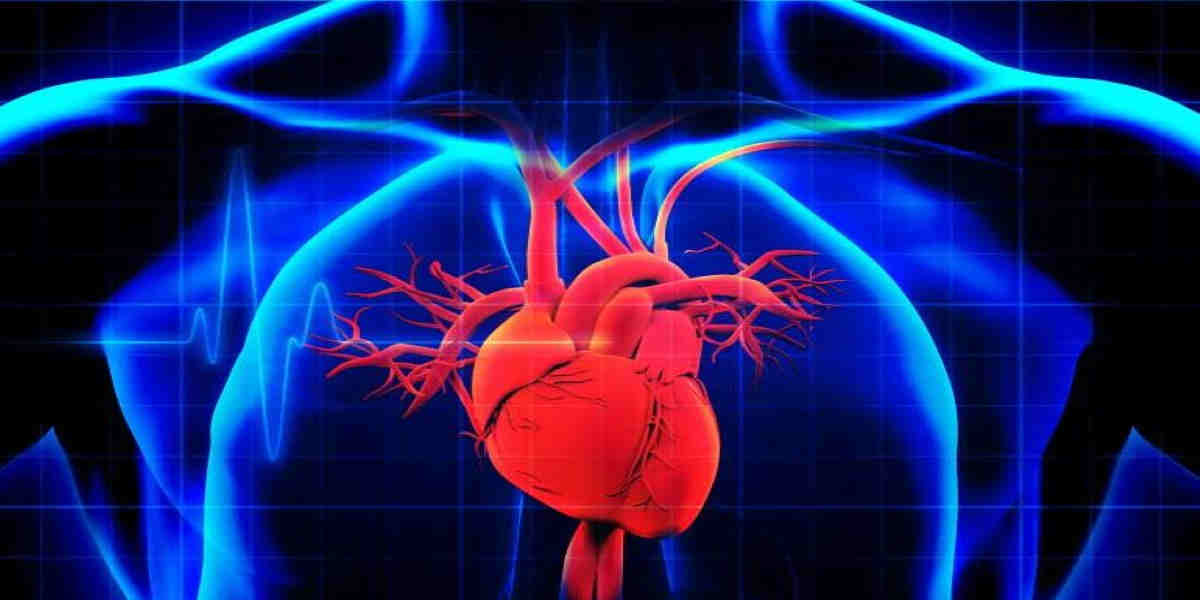 What is Heart Failure? What are its stages? How to Treat?
What is Heart Failure? What are its stages? How to Treat?
